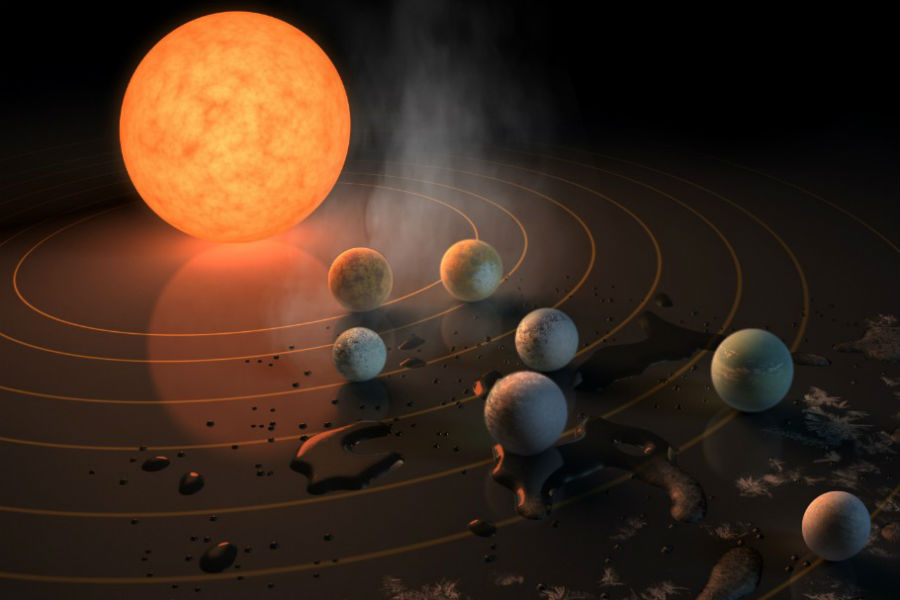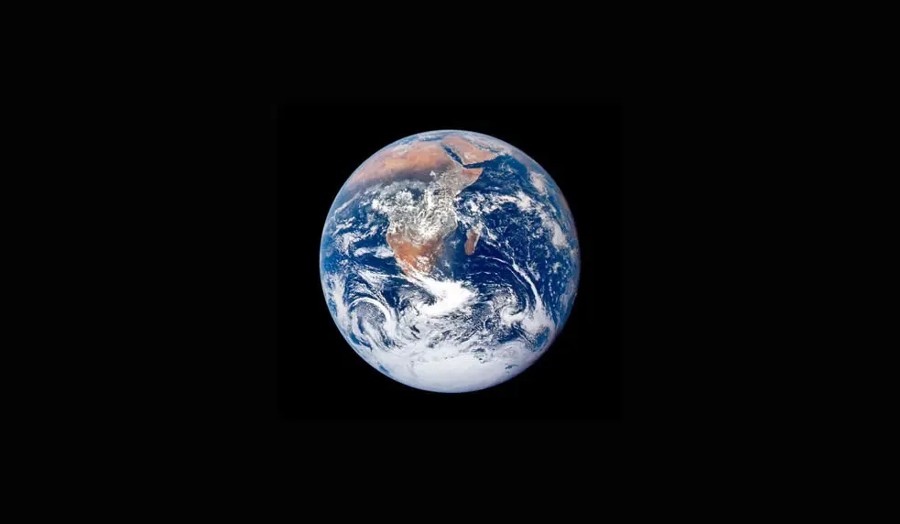In a galaxy far, far away (40 light-years away to be exact), the TRAPPIST-1 ultracool dwarf star resides.
If you’re picturing a giant sun with “cool guy” sunglasses on, you’re not alone.
Orbiting this newly discovered star are 7 earth-sized planets. These exoplanets are particularly thrilling due to their potential to have water and support life.
These findings were announced at the NASA Headquarters in Washington.
“This is the most exciting result I have seen in the 14 years of Spitzer operations,” Sean Carey, manager of NASA’s Spitzer Science Center says.
Unlike the gaseous Jupiter, these planets are rocky and maintain a similar temperature as earth.
The evolution of life may begin differently on other planets, so researchers are working hard to find gases that indicate life.
“This discovery could be a significant piece in the puzzle of finding habitable environments, places that are conducive to life,” Thomas Zurbuchen, associate administrator of NASA’s Science Mission Directorate says.
The close proximity of the 7 planets makes studying them in depth much easier.
Researchers have already determined the planet that take the longest to orbit the sun only takes 13 earth days.
Additionally, if you were to stand on the surface of one of these earth-clones as we’re calling them, it would be 200 times darker than our earth.
It’s not all dim, though. Looking up, you would be able to see the closely neighbouring planets in the sky like we see the moon.
It’s believed that the planets grouped together elsewhere, then gravitated towards the TRAPPIST star.
Oh, one last cool thing! NASA has shared their theory that the planets are tidally locked, meaning one side of each planet is forever night, and the other side is forever day.
To find out more about how the discovery was made, and what this new solar system means for us going forward, check out this report from CNN.
While you’re here, check out the sounds of the planets as recorded by NASA.




